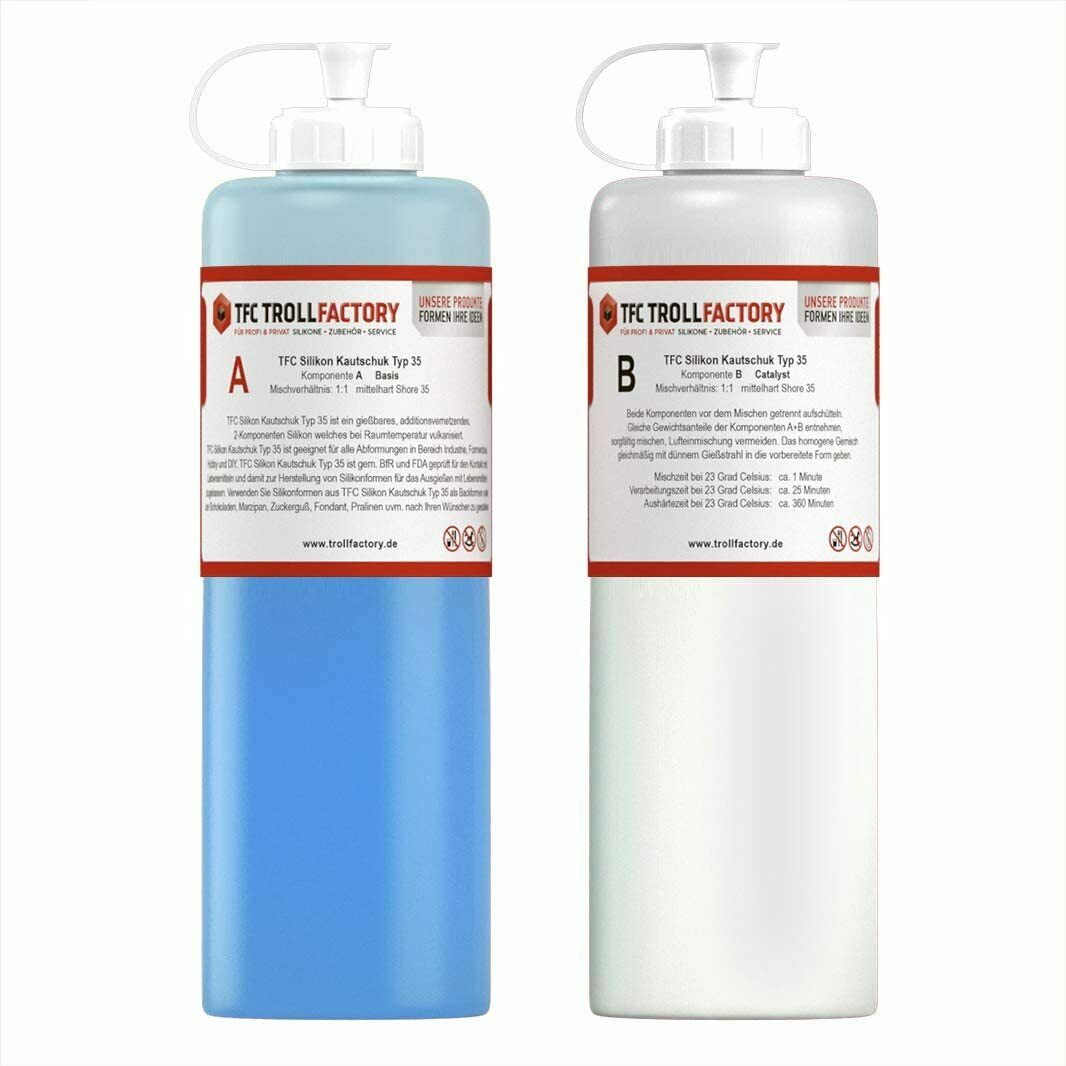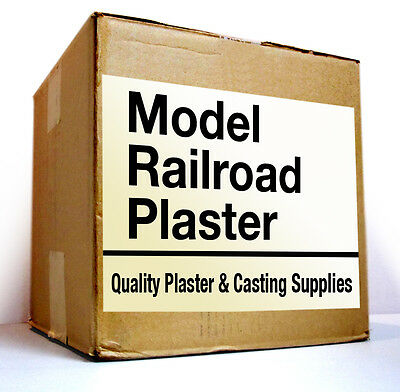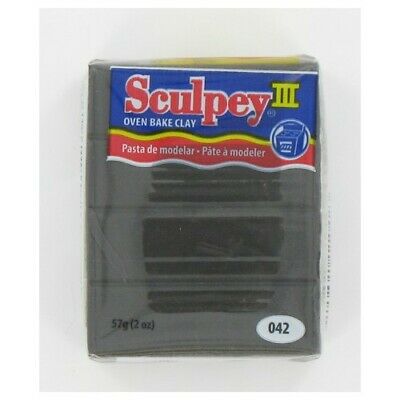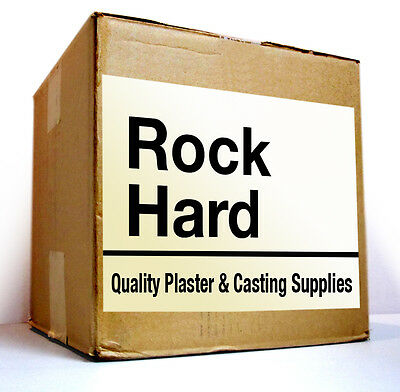-40%
Polyment 8.8lbs Silicone Rubber Type 35 Food Blue Medium Hard Shore 1:1
$ 108.93
- Description
- Size Guide
Description
Polyment 8.8lbs Silicone Rubber Type 35 Food Blue Medium Hard Shore 1:1The description of this item has been automatically translated. If you have any questions, please feel free to contact us.
Polyment silicone rubber type 35 food blue medium hard Shore 1: 1
Quality made in Germany!
Popular application areas:
Model & mold making
Prototyping & industrial applications
Food impressions
Candle & soap pouring
Plaster & concrete casting
Tin casting
Silicone rubber
Features and benefits
Silicone is ideal for making reusable molds. The extremely stable, yet flexible material can be used particularly well in mold and model making. Thanks to the advantageous properties of silicone rubber, even complex objects with multi-dimensional undercuts can be reproduced perfectly in great detail.
Do it yourself! Make molds and models from silicone yourself
You can make silicone molds yourself quickly and easily. The liquid silicone, which consists of two components, is mixed in the specified mixing ratio and then poured into the intended shape over the object to be duplicated. After hardening, the mold can then be filled with the appropriate casting compound.
Important criteria for choosing the right silicone type
Properties before processing
Mixing ratio -
equal (1: 1) or not equal (e.g. 100: 2 or 100: 5)
Viscosity -
Do you need a liquid, paste-like or kneadable silicone? What kind of silicone processing is planned?
Processing time -
What size is the object to be molded and do you need it if necessary a little more time?
Properties after processing
Shore hardness -
Do you need a soft, medium-hard or hard silicone mold? Can the mold hold the planned casting compound?
colour
/
Translucency -
Translucent silicones can cause problems when taking large models. Make it easier to cut the shape.
Tear strength -
Stable self-supporting molds for larger models or highly flexible molds for better demolding in undercuts?
type of application
Heat resistance -
The silicone mold must be able to withstand the heat of the selected casting compound for a short time. What material should the object to be molded be made of?
Casting compound -
Plaster, concrete, ceramic, casting resin, wax, soap mass, tin, sugar, fondant, chocolate - which silicone is best for which casting compound?
Silicone rubber type 35
Silicone rubber type 35 is tested and therefore approved for contact with food and for pouring baking molds, chocolate molds, icing and much more. best for.
Application areas:
Use for all impressions in industry, mold making, hobby and DIY
Used for the production of molds for food, baking molds, consumer goods and body molds
Creation of prototypes in industry and craft
Impressions of wood, glass, metal, plastic, wax and ceramic casting compounds
Creating your own soap and candle shapes
Application materials:
Water-soluble casting compounds: Xyrarock, Stewalin, Plastalin Super, Keraflott / Gips, Keramin, Alabit, modeling and model plaster, casting clay, cement, concrete
Solvent-containing casting compounds: polyester, epoxy and polyurethane resins (use of release agents to prevent embrittlement), glycerine soap, candle wax
That's how it works!
For the production of silicone molds, it must first be determined what you want to duplicate and what casting material the object will be made of. This is of great importance because there are different types of silicone with different degrees of hardness and flexibility. Heat resistance is also an important factor. Pay attention to the areas of application and the individual product properties of the silicones in the respective descriptions.
1. Selection of the silicone type
2. Materials & preparation
4. Pour silicone
Curing & further processing
Quality made in Germany! Popular application areas: Model & mold making Prototyping & industrial applications Food impressions Candle & soap pouring Plaster & concrete casting Tin casting Silicone rubber Features and benefits Do it yourself! Make molds and models from silicone yourself Important criteria for choosing the right silicone type Properties before processing Mixing ratio - equal (1: 1) or not equal (e.g. 100: 2 or 100: 5) Properties after processing type of application Silicone rubber type 35 Application areas: Use for all impressions in industry, mold making, hobby and DIY Creation of prototypes in industry and craft Creating your own soap and candle shapes Application materials: That's how it works! 1. Selection of the silicone type 2. Materials & prepar
Marke
Polyment GmbH
EAN
Nicht zutreffend
Maßeinheit
kg
Herstellernummer
nicht zutreffend
Herstellungsland und -region
Deutschland
Anzahl der Einheiten
4
Produktart
Abformsilikon








